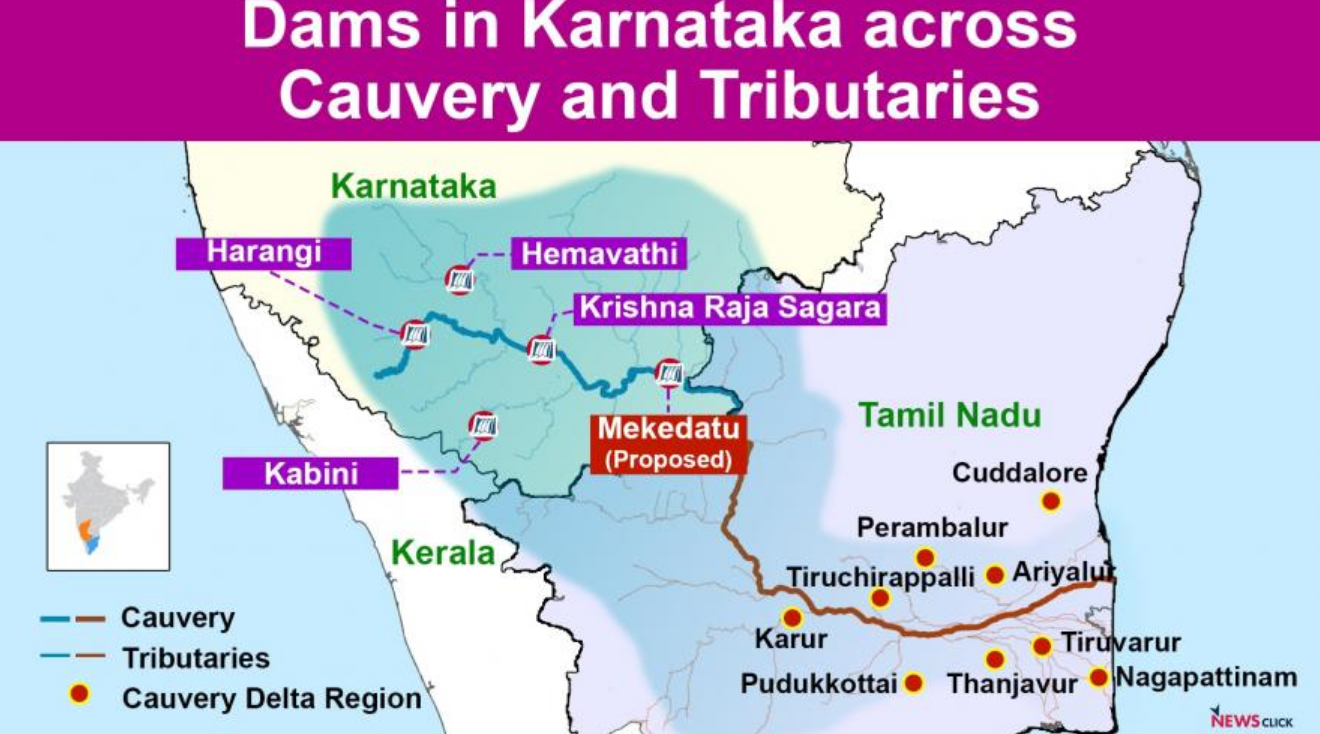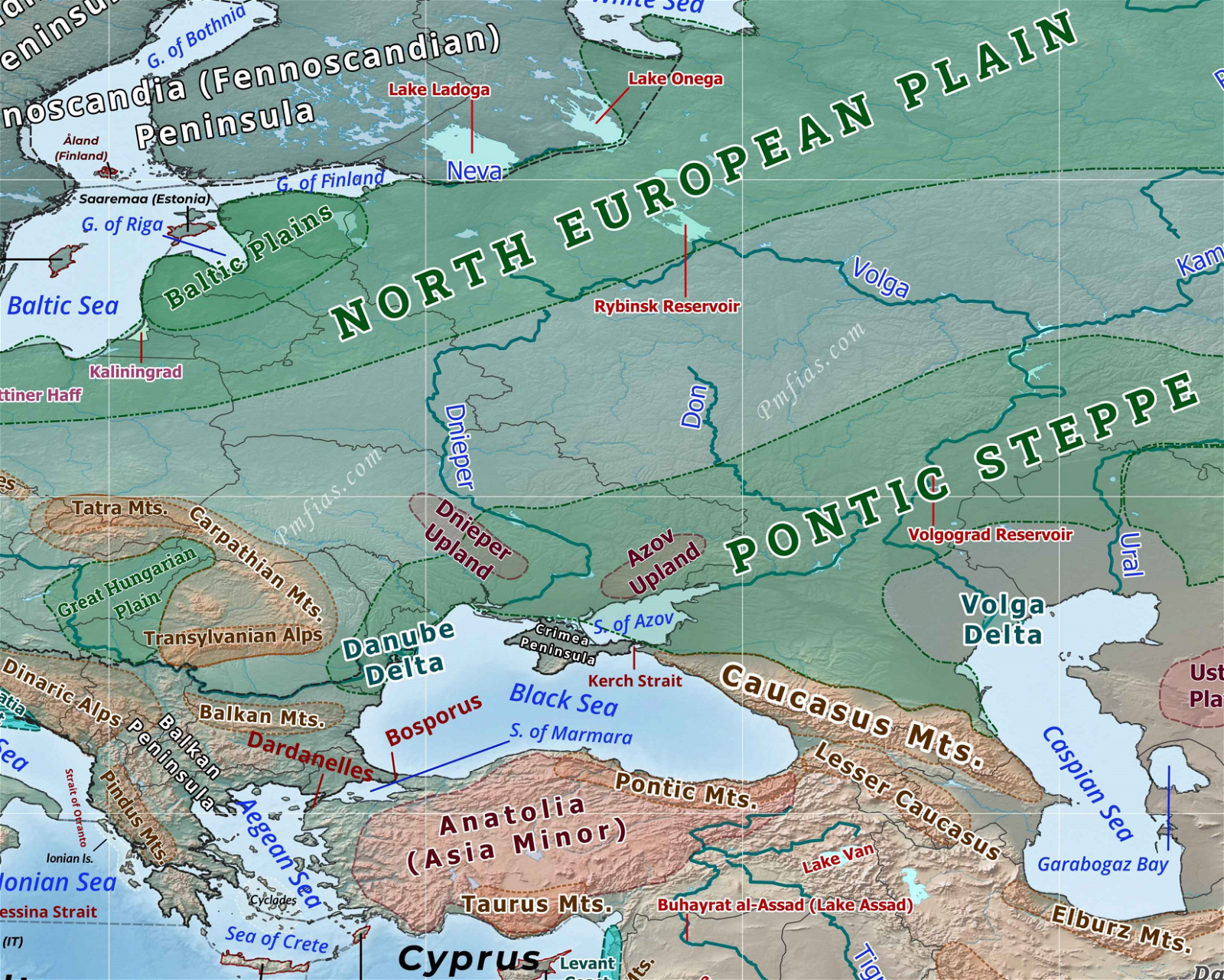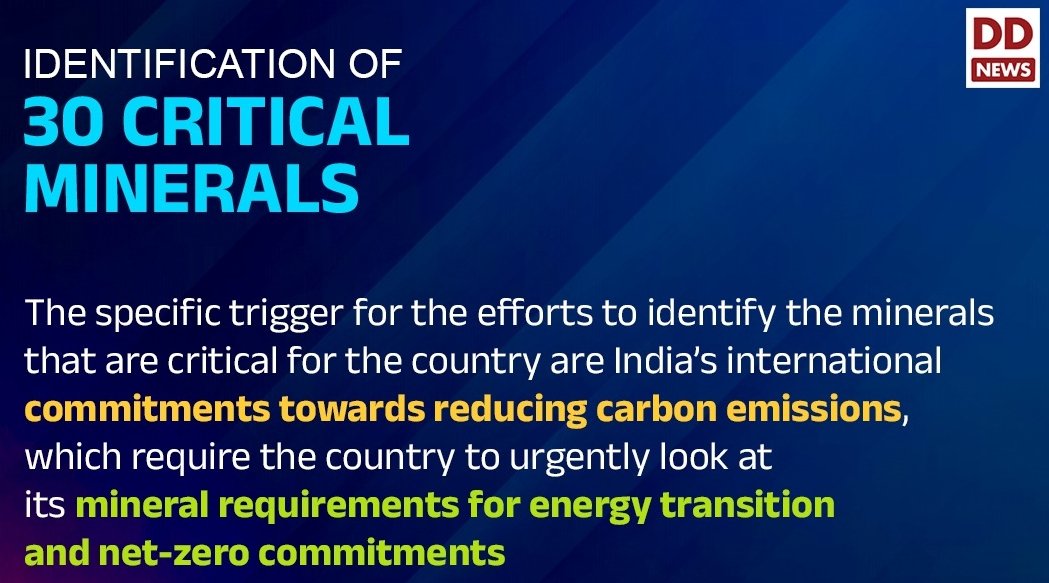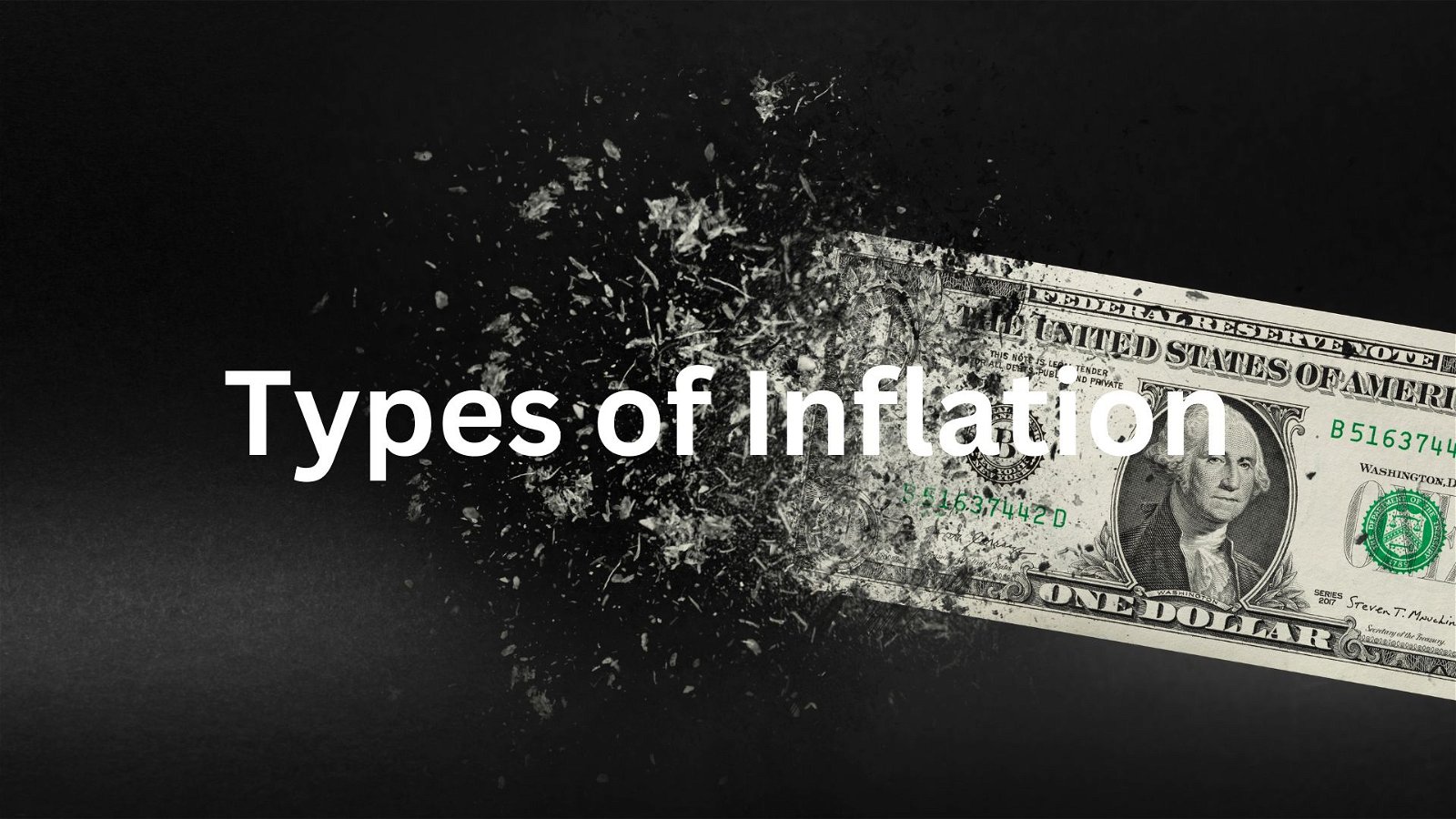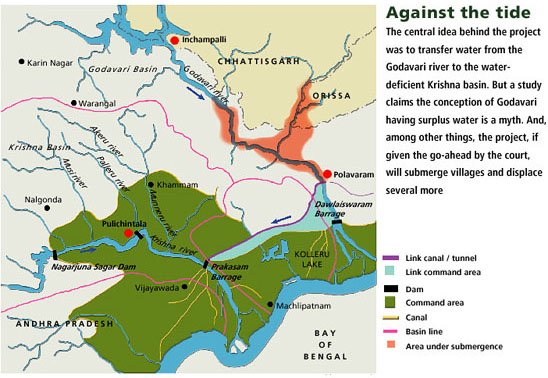
Current Affairs July 01, 2023: Indian Ocean Geoid Low (IOGL), Artificial Sweeteners, Uniform Civil Code (UCC)
Subscribers of "Current Affairs" course can Download Daily Current Affairs in PDF/DOC
Subscribe to Never Miss an Important Update! Assured Discounts on New Products!
Must Join PMF IAS Telegram Channel & PMF IAS History Telegram Channel
{GS1 – Geo – PG – Geomorphology} Indian Ocean Geoid Low (IOGL)
- Context (TG | WION): Earth’s gravitational pull is weakest at the Indian Ocean Geoid Low (IOGL).
- Indian Ocean Geoid Low (IOGL) is a pronounced dip in the geoid because less mass under that spot makes the gravitational pull weakest.
- IOGL covers more than 3 million km2 and is about 1,200 km southwest of the southern tip of India.
Gravity (or Gravitational Pull)
Earth’s Gravity
Geoid
|

- As a result of the low gravitational pull at IOGL, coupled with the higher gravitational pull from the surrounding areas, the sea level over the IOGL is 106 m lower than the global average.
Why IOGL Exists?
- The existence of IOGL is attributed to the African blob, which is a large low-shear velocity province (LLSVP) underneath the African continent.
- The hot, low-density material coming from the African LLSVP is sitting underneath the Indian Ocean and creating Indian Ocean Geoid Low (IOGL).
- The African blob is formed by Tethyan slabs. These slabs are ancient remnants of the Tethys Ocean’s seafloor, located between the supercontinents of Laurasia and Gondwana more than 200 mya.
- Both Africa and India were part of Gondwana, but India slowly moved north into the Tethys Ocean, creating the Indian Ocean behind it about 120 million years ago.
Large Low Shear Velocity Province (LLSVP)
|
{GS2 – Health – Issues} Artificial Sweeteners
- Context (LM | TG): After WHO declared Aspartame as ‘potentially cancer-causing’, now another artificial sweetener called Sucralose is under scanner as it can cause DNA damage and leaky gut.
- Artificial sweeteners (or non-sugar sweeteners) are intensely sweet chemicals (several times sweeter than sugar) used to sweeten food while adding very little or no calories.
- WHO has recently suggested not to use artificial sweeteners to control weight gain or prevent lifestyle diseases such as diabetes.
- The artificial sweeteners WHO has warned against are acesulfame K (Ace-K), aspartame, advantame, cyclamates, neotame, saccharin, sucralose, and stevia.
|
Adverse Effects of Artificial Sweeteners
- Natural sugar/glucose is processed and either stored as glycogen (the stored form of glucose in the liver) or turned into fatty acids and deposited into fat cells. However, the human body isn’t designed to process artificial sweeteners (human-made chemicals).
- Though artificial sweeteners could lead to weight loss and reduction in body mass index (BMI) in the short term, they might cause weight gain in the long run.
- Higher intake of these sweeteners increases the risk of type-2 diabetes and cardiovascular diseases.
- They can also cause bladder cancer and preterm birth (when consumed by pregnant women).
| Artificial Sweetener | Source |
| Sucralose | Made from adding chlorine to sugar molecules. |
| Saccharin | The oldest artificial sweetener.
Made from benzoic sulfonimine, which is up to 700 times sweeter than table sugar. |
| Acesulfame | Made from acesulfame potassium. |
| Aspartame | Made from the amino acids phenylalanine, aspartic acid and includes methanol. |
| Neotame | Similar to aspartame and made from phenylalanine and aspartic acid. |
| Stevia | Extracted from the leaves of the stevia plant. The extracts are processed before they’re packaged and sold, putting them in the same category as an artificial sweetener. |
| Sugar alcohols | Sugar molecules with alcohol attached. Naturally occurrs in some fruits. |
{GS2 – Polity – IC – DPSP} Uniform Civil Code (UCC)
- Context (TH): UCC panel to hear views of Law Ministry, Commission.
- The UCC is the idea of having a common set of personal laws on marriage, divorce, inheritance, adoption, and succession that would apply to all citizens irrespective of religious affiliations.
- Underlining principle of UCC is that the laws should be gender-neutral, religion-neutral, and uniform grounds procedure for all citizens in civil matters such as marriage, divorce, etc.
Constitutional provisions
- Article 44 in part IV (Directive Principles of State Policy) of IC says that the state “shall endeavour to secure for the citizens a uniform civil code throughout the territory of India”.
- Part IV of IC deals with the Directive Principles of State Policy, which are not enforceable or justiciable in a court of law but are fundamental to the country’s governance.
Arguments against UCC
- Certain civil laws in all communities are inseparably connected with religious beliefs and practices.
- The UCC would come in the way of Article 25-28 of IC, which guarantees the right to freedom of religion subject to public order, morality, and health.
- All Hindus are not governed by a homogenous personal law even after the enactment of the Hindu Code Bill, and so are Muslims and Christians under their personal laws.
UCC and Tribal rights
- Provisions of the Hindu Marriage Act, 1955 and the Hindu Succession Act, 1956, do not apply to any Scheduled Tribe unless the Central Government explicitly directs the same.
- Many tribal groups fear that the UCC may dilute tribal customary laws and rights.
Plurality is a common feature across domains
- India does have uniformity in most criminal and civil matters. However, states have made over 100 amendments to the CrPC and IPC and several amendments to civil laws.
- If plurality exists in already codified civil and criminal laws, how can the concept of ‘one nation, one law’ be applied to diverse personal laws of various communities?
Arguments for UCC
- UCC would promote gender equality.
- If personal laws of inheritance, succession and so on are seen as a part of religion, then many discriminatory practices of the Hindu personal law against women could not be eliminated.
- UCC would not be against the freedom of religion as IC allowed the government to make laws covering secular activities related to religious practices if they were intended for social reform.
Supreme Court called for implementing the UCC
- In many cases, while deciding whether to give prevalence to the CrPc or the Muslim personal law, the SC called for implementing the UCC.
- SC in 2019 hailed Goa as a “shining example” of an Indian State with a functioning UCC.
Central government’s view
- The Central government told SC that IC obligated the State to have a UCC and said that people of different religions following different property/matrimonial laws was an “affront to the nation’s unity”.
Constituent Assembly’s view
- The framers of IC did not intend total uniformity or one law for the whole country, which is why personal laws were placed in entry 5 of the Concurrent List, with the power to legislate given to Parliament and State Assemblies.
- Since personal laws are in the Concurrent List, they may differ from State to State.
Report of 21st Law Commission on UCC
- In 2018, the Law Commission issued a consultation paper instead of a final report on the UCC.
- The paper titled Reforms of Family Law argued for reforming family laws across religions through amendments and codifying personal laws to limit “ambiguity in interpretation” and application.
- Following are some of the suggestions:
- UCC is neither necessary nor desirable at this stage.
- A unified nation did not necessarily need “uniformity”. Difference did not always imply discrimination in a robust democracy.
- Secularism could not contradict the plurality prevalent in the country. “Secularism” had meaning only if it assured the expression of any form of difference.
- Discriminatory practices within a religion should not hide behind the cloak of that faith to gain legitimacy. The discriminatory practices, prejudices and stereotypes within a particular religion and its personal laws should be studied and amended.
- Certain measures in marriage and divorce should be uniformly accepted in the personal laws of all religions. Some of these amendments include fixing the marriageable age for boys and girls at 18, making adultery a ground for divorce for both men and women, etc.
{GS2 – Polity – IC – Federal Structure} NCT Delhi Act, 2021
- Context (TH): The Delhi government urged SC to quash an ordinance that slips control over civil servants back into the hands of the Lieutenant-Governor (L-G).
Centre vs Delhi Government
- According to the Government of National Capital Territory of Delhi (Amendment) Act, 2021, the “government” in Delhi means the “Lieutenant Governor”.
- The L-G’s opinion shall be obtained before the government takes any executive action based on decisions taken by the Cabinet or any individual minister.
- It gives primacy to the Lieutenant Governor (L-G) over the elected government in the city.
SC verdict
- The judgment of a Constitution Bench led by Chief Justice of India D.Y. Chandrachud had limited the role of the L-G over bureaucrats in the capital to three specific areas — public order, police and land.
- SC held that the elected govt of Delhi has legislative and executive power (Including control over bureaucrats) in NCT Delhi except on matters such as Public order, police and Land.
- SC said a principle of “triple-chain of collective responsibility” existed in the governance of the capital:
- Civil service officers are accountable to ministers.
- Ministers are accountable to Parliament/legislature.
- Parliament/legislature is accountable to the electorate.
Centre’s ordinance to negate Supreme Court order
- The Centre brought an ordinance designating the L-G as the administrator of Delhi who will have the final say on the postings and transfer of all bureaucrats serving the Delhi government.
Way forward
- The bureaucrats have to come under the control of the Delhi government, otherwise, its responsibility towards the legislature and the public is diluted.
{GS2 – Polity – IC – FR} Section 69A & Section 66(A) of the IT Act
- Context (TH): The High Court of Karnataka dismissed a petition filed by Twitter, challenging several blocking orders by the Ministry of Electronics and Information Technology.
- Earlier, under section 69A of the IT Act, the Centre had directed Twitter to block several accounts, tweets, URLs, and hashtags.
Information Technology (IT) Act, 2000
- The IT Act, 2000, provides for legal recognition of transactions through electronic communication.
- The Act also penalises various forms of cybercrime.
Section 69A of the IT Act
- Section 69 of the IT Act allows the government to issue content-blocking orders to online intermediaries such as ISPs, telecom service providers, search engines, online marketplaces, etc.
- However, the Section requires the information or content being blocked to be deemed a threat to India’s national security, sovereignty, or public order.
- In such blocking order, the central or state government should mention reasons in writing.
- The PIL filed by Shreya Singhal in 2012 challenged Section 69A.
- The SC held Section 69A to be “constitutionally valid”, emphasising that an adequate level of procedural safeguards had been incorporated, which are:
- The requirement to issue a well-reasoned order.
- Providing notice to both the intermediary and the originator of the content targeted for blocking.
Section 66(A) of the IT Act
- Section 66(A) penalised the sending of offensive messages through a communication device.
- Recently, incidents related to comments, sharing of information, or thoughts expressed by an individual to a broader audience on the internet have attracted criminal penalties under Section 66(A).
- This has led to discussion and debate on the ambit of the Section and its applicability to such actions.
- In 2012, PIL was filed by Shreya Singhal, challenging the constitutionality of Section 66A of the IT Act.
- The SC, in Shreya Singhal vs Union of India (2015), declared Section 66A unconstitutional (on the grounds of violating the freedom of speech guaranteed under Article 19(1)(a) of IC).
IT Rules, 2009
- The Information Technology (Procedure and Safeguards for Blocking for Access of Information by Public) Rules, 2009 outline the procedure for blocking orders.
Grounds on which Section 69A can be applied
- Safeguarding the sovereignty, integrity, and defence of India,
- Maintaining the security of the State,
- Promoting friendly relations with foreign States,
- Ensuring public order,
- Preventing incitement to commit any offence related to the grounds above.
|
{GS2 – Polity – IC – Separation of Powers} Powers of Governer
- Context (TH): The Governor of Tamil Nadu, R.N. Ravi, has dismissed V. Senthilbalaji, a Minister in the Council of Ministers of Tamil Nadu.
- The act of dismissing a Minister without the recommendation of the Chief Minister puts the federal system in jeopardy. It will lead to the collapse of the constitutional machinery of the state.
Power of Governor
- The Governor is a mere constitutional head and can act only on the aid and advice of the Council of Ministers headed by the Chief Minister.
- The dismissal of a Minister by the Governor without the advice of the CM is unconstitutional.
- Under Article 164 of IC, the Governor appoints the Chief Minister without any advice from anyone. But he appoints the individual Ministers only on the advice of the Chief Minister.
- The Chief Minister alone has the discretion to choose his Ministers. He decides who will or will not remain a Minister in his Council.
- Article 164 implies that the Governor cannot appoint an individual Minister according to his discretion. So, logconstitutionally, the Governor can dismiss a Minister only on the advice of the Chief Minister.
Appointment of Ministers under the Government of India Act, 1935
Constitutional assembly debate on the discretion of Governors
|
Judicial clarification on the Powers of a Governor
- In Shamsher Singh and Anr vs State Of Punjab (1974), a seven-judge Constitution Bench declared that the President and Governor shall exercise their formal constitutional powers only upon and in accordance with the advice of their Ministers save in a few well-known exceptional situations…
- In Nabam Rebia vs Deputy Speaker and Ors (2016), SC ruled that Article 163 of the IC does not give the Governor discretionary power to act against or without the advice of his Council of Ministers.
- In Mahabir Prasad v. Prafulla Chandra (1969), SC has concluded that the governor’s pleasure under Article 164(1) is subject to Article 164(2). Thus, the withdrawal of the governor’s pleasure must coincide with the withdrawal of support to the ministry by the assembly.
Legal vs Moral obligations
- It will be desirable if Ministers facing charges quit on their own or they are removed by the respective Chief Ministers. In the past, the framing of charges in the trial court has led to Ministers being removed, but it remains a moral high ground and not a mandatory feature of the Constitutional system.
{GS3 – IE – Banking} Small Savings Schemes
- Context (TH): The government raised interest rates on select small saving schemes in line with the high-interest rates in the banking system.
- Small Savings Schemes are various schemes through which people can deposit (mostly fixed deposits) money with “Govt. of India” for a fixed tenure and earn interest after maturity.
- GOI offers these schemes through various Public and Private sector banks and Post Offices.
- The money goes into the Public Account of India and is kept separately under the National Small Savings Fund (NSSF).
- The interest rate on these small savings schemes has been aligned with G-Security rates of similar maturities (except Mahila Samman Saving Patra).
- The interest rate is generally slightly higher than what banks offer on fixed deposits.
- So, every year, GOI receives money in NSSF (under the Public Account of India) and pays out to those whose deposits are maturing.
Important Small savings instruments
|
{GS3 – IE – Industry} Index of Eight Core Industries (ICI)
- Context (TH): ICI increased by 4.3% in May’23 as compared to ICI of May’22 (base year is 2011-12).
- The monthly Index of Eight Core Industries (ICI) is a production/output of eight core industries.
- The Office of Economic Advisor (Ministry of Commerce and Industries) releases ICI.
- The objective is to provide an advance indication of the production performance of core industries before the release of the Index of Industrial Production (IIP) by the Central Statistics Office (Ministry of Statistics and Programme Implementation).
- The core sectors account for about 40.3% of the Index of Industrial Production (IIP).
Core Industries Weightage (In percentage)
Index of industrial production (IIP)
|
{GS3 – IE – Securities} Stock Exchange
- Context (TH I IE): The BSE Sensex and Nifty have gained and touched fresh heights.
- Stock market, equity market, or share market is the aggregation of buyers and sellers of stocks (also called shares), representing ownership claims on businesses.
- These may include securities listed on a public stock exchange and stock that is only traded privately, such as shares of private companies sold to investors through equity crowdfunding platforms.
Stock Exchanges in India
- Bombay Stock Exchange (BSE) in Mumbai
- Calcutta Stock Exchange (CSE) in Bengal
- India International Exchange (India INX) in Gift City
- Metropolitan Stock Exchange of India Ltd. (MSE) in Mumbai
- National Stock Exchange of India (NSE) in Mumbai
- National Commodity & Derivatives Exchange Ltd. (NCDEX) in Mumbai
- Multi Commodity Exchange of India Ltd. (MCX) in Mumbai
NSE (National Stock Exchange of India)
- NSE is one of the two principal large stock exchanges in India, located in Mumbai.
- NSE (National Stock Exchange of India) uses the NIFTY 50 index as its primary benchmark.
- The NIFTY 50 index represents the performance of the top 50 large-cap stocks listed on the NSE.
BSE (Bombay Stock Exchange)
- BSE is the other principal large stock exchange in India, situated in Mumbai.
- It is one of the oldest stock exchanges in Asia.
- BSE (Bombay Stock Exchange) uses the S&P BSE Sensex index.
- The Sensex is a benchmark index that tracks the performance of 30 large and well-established companies listed on the BSE.
Some famous Stock exchanges Around World
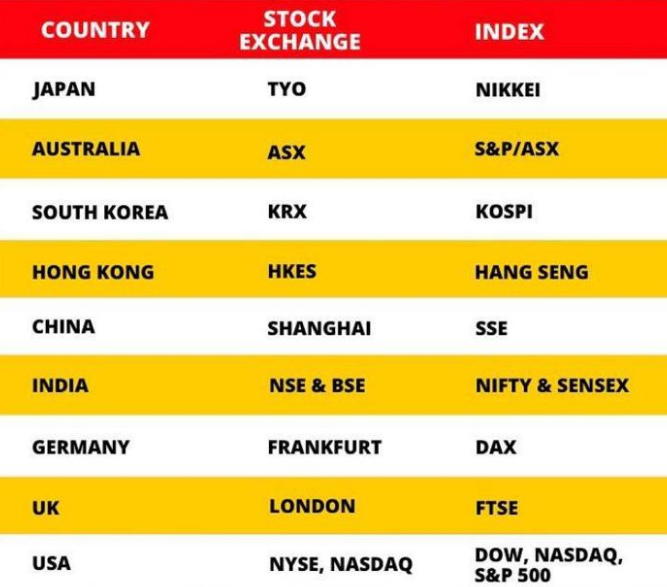
{Prelims – World PIN – Europe} France Riots
- Context (WION): The violent protests were triggered after the shooting of 17-year-old by a police officer in Nanterre, a Paris suburb. The officer has now been charged with homicide.







![PMF IAS Environment for UPSC 2022-23 [paperback] PMF IAS [Nov 30, 2021]…](https://pmfias.b-cdn.net/wp-content/uploads/2024/04/pmfiasenvironmentforupsc2022-23paperbackpmfiasnov302021.jpg)


